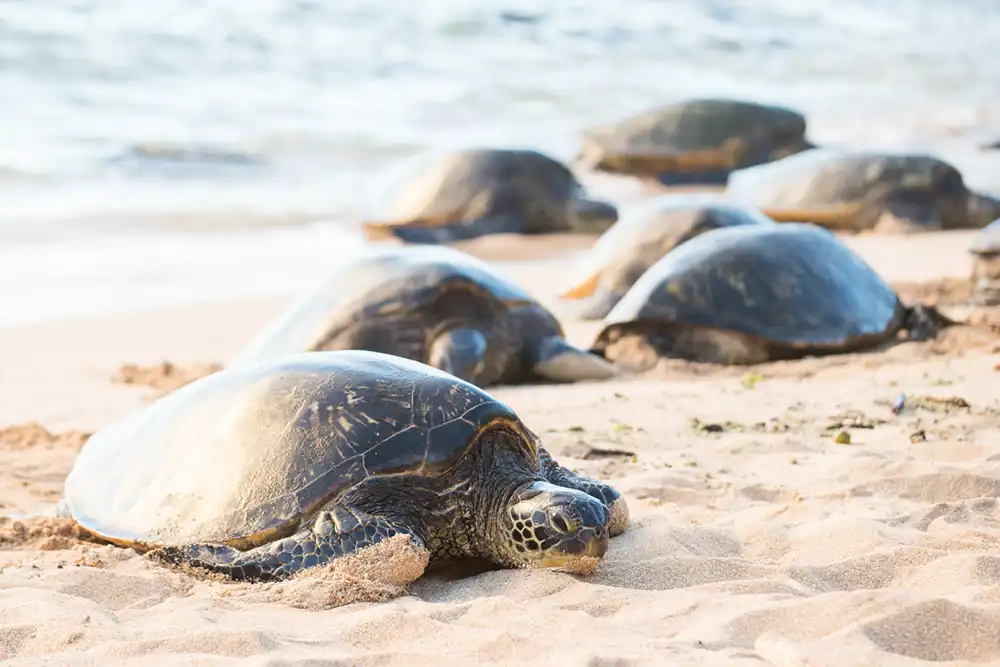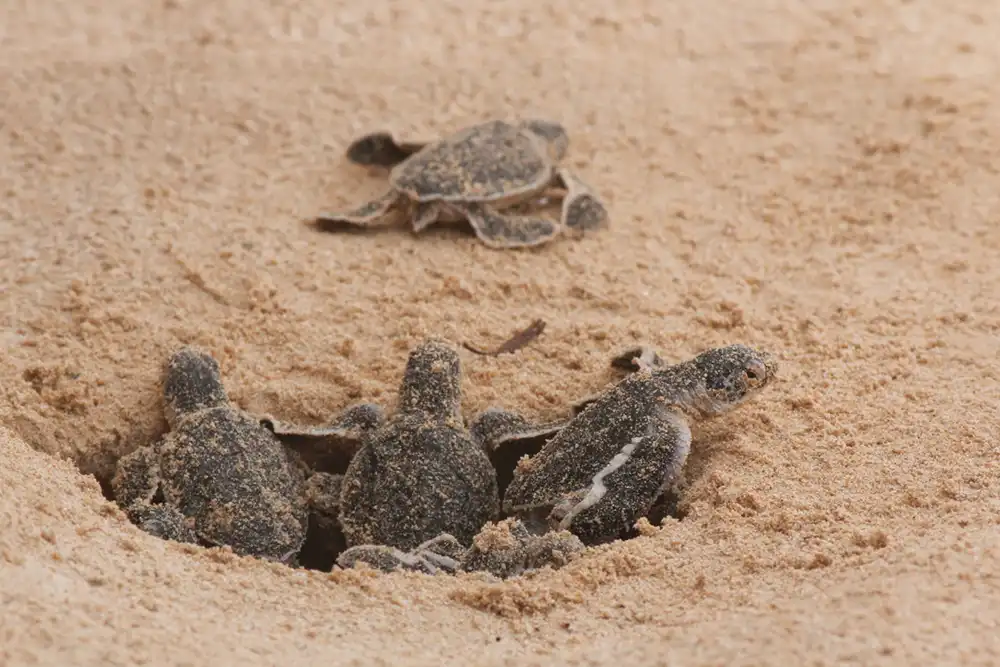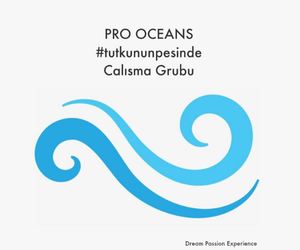
By DIVE Staff
A new study has found that worldwide turtle populations are on the rebound thanks to the implementation of extensive conservation efforts to protect them.
The research, by scientists from Deakin University in Victoria, Australia and NOAA’s Marine Mammal and Turtle Division in California, USA, has revealed that assessments for both the IUCN Red List of Threatened Species and an analysis of sea turtle abundance time series show that most populations are on the increase.
The scientists urge ‘cautious optimism’ over the findings, however, as some turtle populations are still in decline, particularly leatherback turtles in the Pacific Ocean and Caribbean Sea.
The researchers say that a number of different conservation measures have aided the recovery, such as the removal of artificial lighting in areas where turtles nest, which can confuse turtle hatchlings and prevent them from reaching the ocean.
Many fisheries have adopted measures to prevent turtles being accidentally caught as bycatch, and the scientists also refer to a 2022 analysis which found that the exploitation of turtles has declined, thanks, in part, to heightened public awareness of their threatened status and subsequent campaigns to protect them.

One of the study’s co-author, Jeffrey Seminoff, of NOAA Fisheries’ Southwest Fisheries Science Center said that the population rebound ‘reflects a change in public values’ as ‘younger generations don’t see turtles as commodities to hunt and eat [but] as parts of a marine ecosystem that provides both environmental and economic benefits to coastal communities.’
Turtles were hunted to the brink of extinction in many locations as they are easy to catch and provide a plentiful supply of meat. In some countries, their eggs are prized as delicacies – even aphrodisiacs – and turtle shell has been considered a high-value commodity for centuries.
In recent years, scuba diving and other marine tourism activities have seen former fishers and poachers abandon their hunting and instead generate income by acting as tour guides to turtle hotspots and nesting areas.
The study notes that there are some exceptions to the overall trend. Some populations of leatherback turtles – the largest of the seven known species of sea turtle and the only one without a hard carapace – are still in decline, particularly in the Pacific Ocean, where they migrate vast distances between Indonesia and North America.
Concerns about the impact of climate change on sea turtle populations have been raised as a potential threat to their survival, as the sex of sea turtles is determined by the temperature of the nest in which the eggs are incubated. Recent studies, however, have found that turtles can adapt to changes in temperature by nesting earlier or in cooler locations.
‘When I think of sea turtles, the first word that comes into my mind is resilience,’ said Jeffrey Seminoff, of NOAA Fisheries’ Southwest Fisheries Science Center. ‘They are sensitive because they depend on the marine ecosystem, but give them a chance to thrive and they will take advantage of it.’
‘The bottom line is: When you stop hunting and otherwise harming species and they regain their ecological foothold, they can again become a thriving part of the marine ecosystem,’ added Seminoff. ‘There will always be surprises, but now many sea turtles have greater resilience going forward.’
The study ‘Status, trends and conservation of global sea turtle populations’ by Graeme C Hays, Jacques-Olivier Laloë and Jeffrey A Seminoff is published (paywalled) in Nature Reviews Biodiversity
The post ‘Cautious optimism’ as turtle populations rebound appeared first on DIVE Magazine.





